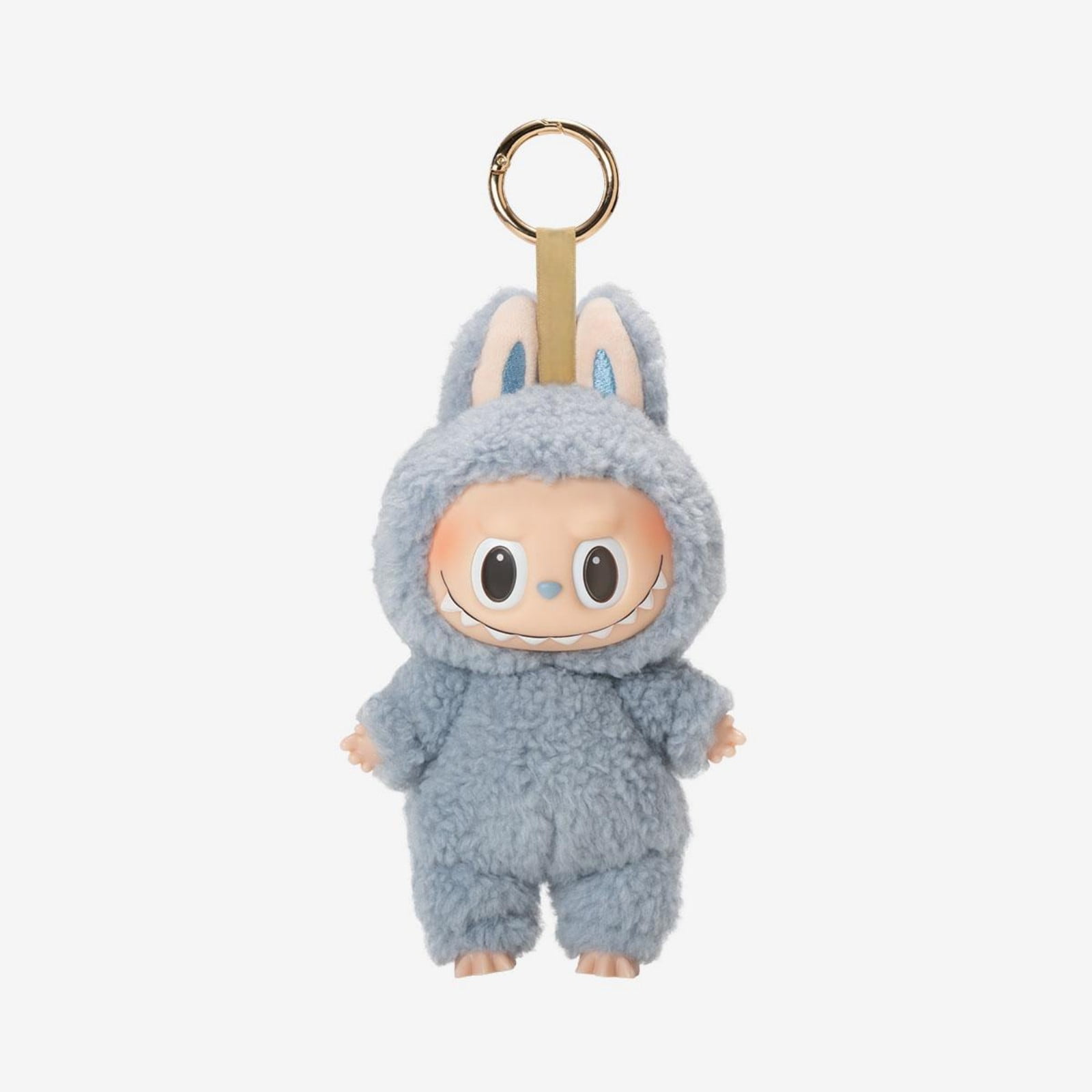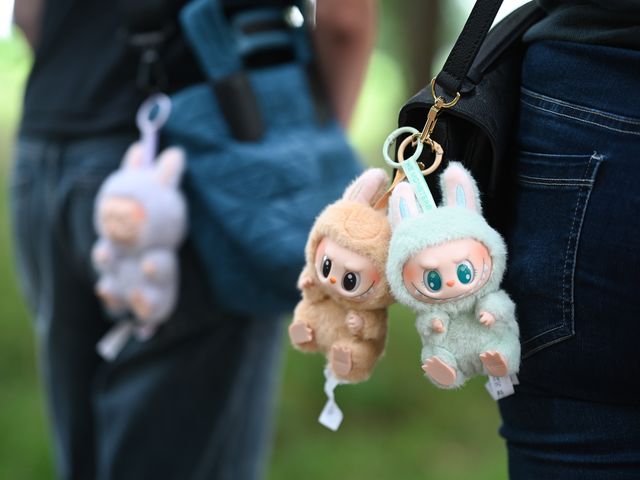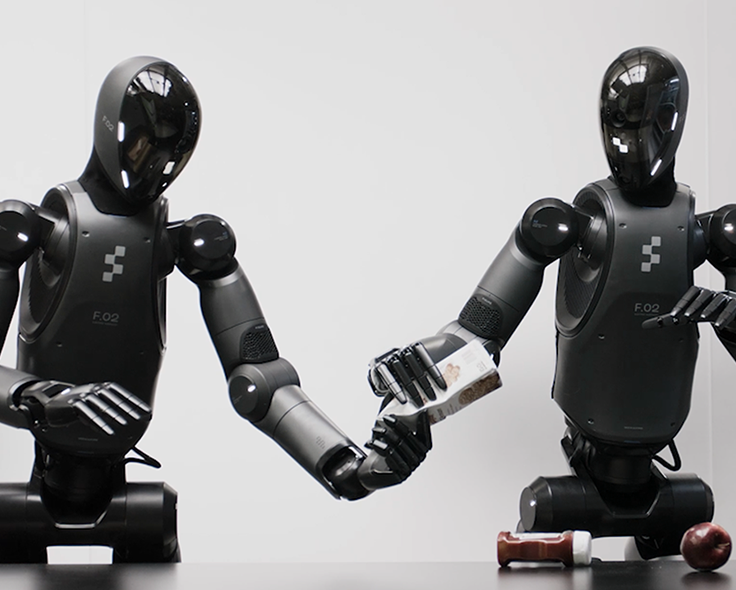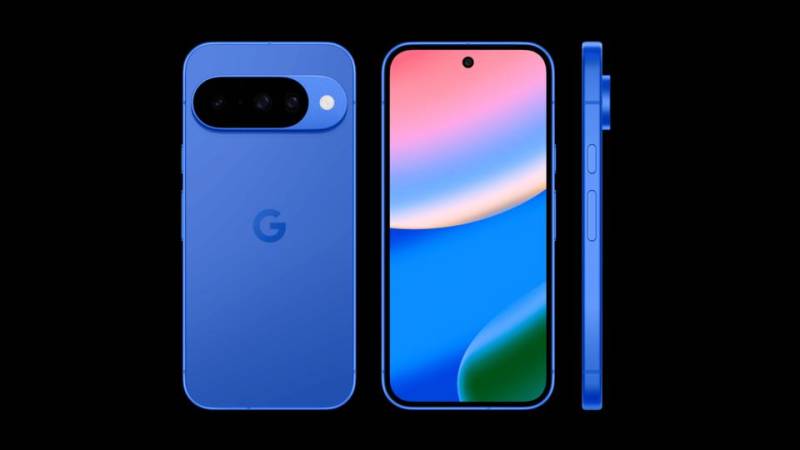Labubu was never designed to be pretty. With its wide grin, odd proportions, and deliberately unsettling aesthetic, it doesn’t fit the mold of a traditional “cute” collectible. Yet, in 2024 alone, this $30 doll helped Chinese toy giant Pop Mart pull in a staggering $423 million in revenue. But behind these headline-grabbing numbers lies a deeper, more intriguing narrative: a story not just about a toy, but about human desire, the nature of trends, and the psychology of owning something the world calls ‘ugly.’ In many ways, Labubu’s success feels like a rebellion. In a world obsessed with perfection and polish, here is a character that dares to be different. Created by the artistic duo Kasing Lung and Pop Mart, Labubu emerged not as a polished product but as a character drawn from mischief, strangeness, and childlike unpredictability. People don’t buy Labubu because it looks perfect; they buy it because it doesn’t.
But why? Why would millions flock to own a figure that, by traditional standards, isn’t appealing?
The answer is more emotional than analytical. Labubu connects to something deep-seated in people: the desire to stand out, to own something that feels personal in a world of mass production. Its odd design turns it into a conversation piece, a silent badge that says, “I get this, and not everyone will.” Each new edition of Labubu, from the ethereal “Forest Night” series to the playful “Pirate Labubu,” sells out within minutes. But it’s not just collectors fueling this craze. It’s storytellers. People who see in Labubu not just a doll, but a character that mirrors their eccentricities.

Labubu - Inside The $423 Million/Year Ugly Toy Craze

Related article - Uphorial Sweatshirt

In the sprawling, high-speed world of China’s consumer culture, Pop Mart discovered something profound: collectibility isn’t about scarcity; it’s about emotional resonance. Blind boxes, sealed packages where buyers don’t know which version of a toy they’ll get, further amplified the Labubu phenomenon. Buying became less about possession and more about the experience: the excitement, the gamble, the childlike joy of surprise. People didn’t just buy one Labubu; they bought dozens, chasing a feeling as much as a figure. But Labubu’s story isn’t confined to Chinese borders. Its strange smile has leapt across continents, popping up on TikTok unboxings, Instagram feeds, and collector forums. Western audiences, already leaning into niche collectibles like Funko Pops and designer toys, found in Labubu a fresh obsession. In Tokyo, Paris, and New York, long lines form outside Pop Mart stores. For a doll nobody expected to care about, Labubu has become a global icon.
Yet, beyond its physical form, Labubu represents a shift in consumer thinking. Owning Labubu isn’t about keeping up with trends; it’s about resisting them. It’s about choosing a doll that makes people pause and ask, “What is that?” It reflects how modern consumers, especially Gen Z and Millennials, are seeking products that let them tell their own stories, not ones imposed on them by mainstream culture. Pop Mart didn’t just sell a toy. They sold a feeling. They turned a grinning, odd-eyed figure into a cultural symbol. And in doing so, they tapped into something few brands understand: in a world overwhelmed by sameness, difference is valuable. So, while analysts focus on the $423 million, the real story isn’t in the money. It’s in the millions of shelves, desks, and rooms around the world where Labubu now sits, silent, strange, and smiling. An unlikely mascot for a generation tired of pretending everything needs to be perfect. Because sometimes, ugly is beautiful. And sometimes, a $30 doll can change everything.



